Microservices architecture is a trending topic in a software industry these days. Architecture is nothing but the technical process of designing and structuring the solution for business requirements. When an enterprise application is taken for design, there are many architectures available to consider as techniques or patterns for developers to follow while coding.
Let’s understand first, what is Microservices architecture?
Microservices is an approach to application development in which a large application is built as a suite of independently deployable modular components or services, modeled around a business domain.
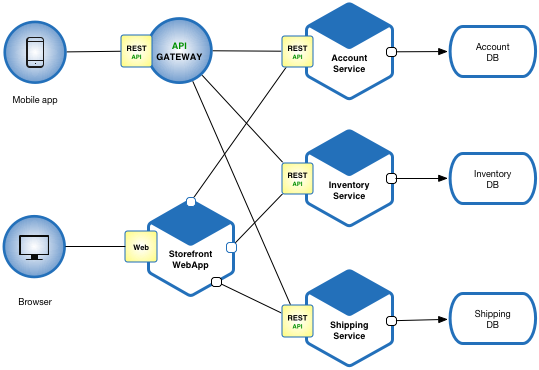
Check what Chris Richardson has defined microservices on https://microservices.io/
Microservices – also known as the microservice architecture – is an architectural style that structures an application as a collection of services that are:
– Highly maintainable and testable
– Loosely coupled
– Independently deployable
– Organised around business capabilities
– Owned by a small team
Modularising software is beneficial for many reasons, as opposed to one monolithic software application. A monolithic application is designed, developed, and deployed as a single unit bundled. This design is still followed by many enterprises or initially started using monolithic architecture before adopting the microservices. Basically, it consist of different components like presentation layer, business logic, database, application APIs etc packaged in single deployable or executable file. This becomes easy for small applications with small teams to focus on single component, they just launch and perform testing on single application and scale horizontally whenever required by running multiple copies behind a load balancer. It works well in the early stages of the project and even most of the large and successful applications which exist today are still running or were started as a monolith.
However, with time, the entire paradigm shifted from just serving the applications on web. Need was created to serve data on different platforms such as smart phones, tablets, hand held devices, etc.
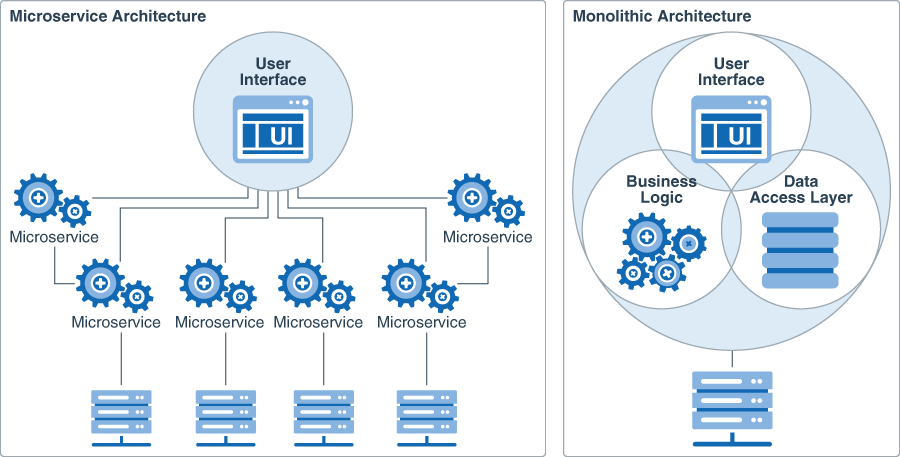
Also, as businesses evolved and with more complex and faster changing user requirements, it started becoming increasingly difficult for developers to integrate code and manage added dependencies required to make the application compatible with other device-types in a single build. For any small change or update requires building and deploying an entirely new version of the application and it became difficult to update and manage applications. And there are many constraints in monolithic architecture related to scaling, testing, development, enhancement and adopting agility in project which can be overcome by microservices.
Considering that, here are the top 10 reasons to choose microservices architecture:
Page Contents
Isolation
Microservices are isolated services, allowing you to split up, modularise, upgrade, and develop them independently of each other. The key concept is, from monolith application by looking at the functionalities offered, we can identify the required business capabilities. Then those business capabilities can be implemented as independent, loosely coupled, and self-contained microservices. This helps for easier development, enhancement and putting things into production without affecting the whole application as compared to monolithic. These isolated services can communicate with each other, same like a mesh network and that is achieved though inter-service and lightweight communication implementation.
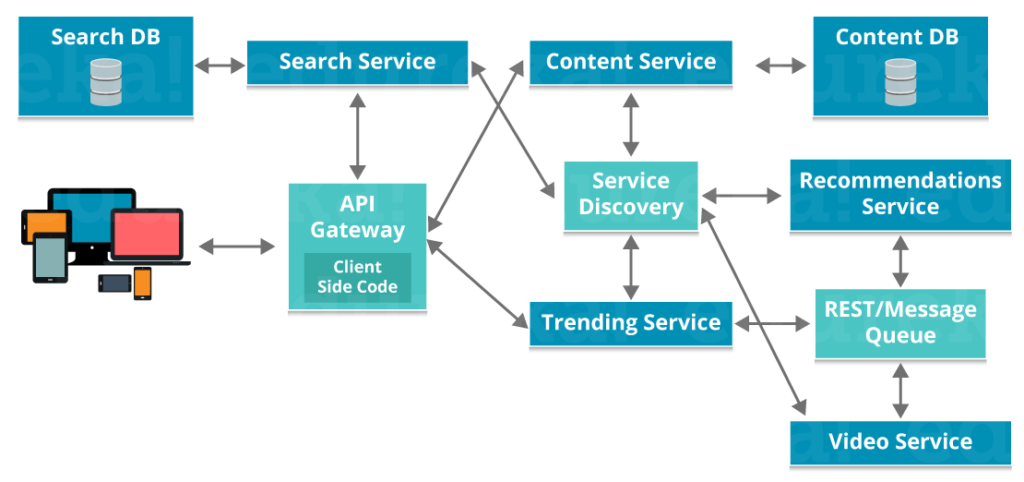
Flexibility to evolve
For evolving businesses and faster changing user requirements, microservices architecture is the better choice. Reason being, it is easier to add new feature to complex application by adding a new service, perform testing and deploy it. It flexible to handle requests or services on independently deployable service and tweak accordingly. Even development solutions can be tested easily rather than working on whole package if performed on monolithic.
Brings up agility
In today’s highly competitive environment, organisations succeed or fail based on agility. Like, speed at which they deliver their product/service, features based on market/user requirements. Continuous attention to technical excellence and good design enhances the agility. Agile model support distributed and decentralised ownership of software assets and promote faster turnaround of changes and rapid deployment. This is required for large enterprises to grow and microservices are built around the business capabilities.
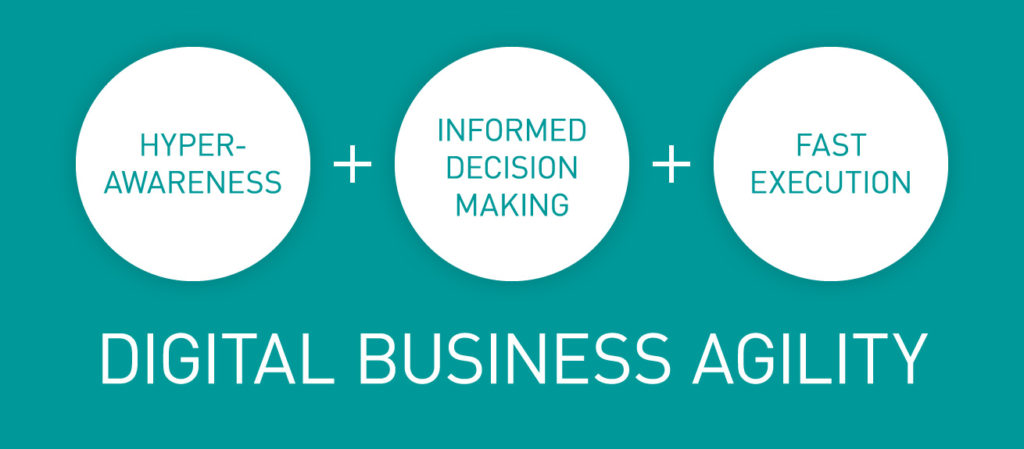
Scalability
Sometimes we need to scale our application based on user requests coming in and for smooth and better responses scaling is the option. This can be better achieved using microservices, where scaling decisions can be made at a more granular level. It becomes easier to select where to apply resources to meet scaling needs based on smaller, more granular components and allowing more efficient system optimisation and organisation.
Decentralised data
Microservices suggests that services should not share a data store. Instead, each microservice entity maintains its own individual data store. By isolating each microservice data store, changes have minimal impact and the agility of independent services is maintained. Another reason for maintaining a separation is that each microservice may come with its own read/write patterns, data models, or queries.
Containerisation
Many businesses make a move to a containerised infrastructure because of the need to scale. Containers(like dockers) encapsulate a lightweight runtime environment for your application, maintaining a consistent application environment that can follow from the developer’s local development to testing to final production deployment. Microservices are easy to manage and simple to replicate or remove. This means you have a consistent approach to scaling, orchestrating and managing your application.
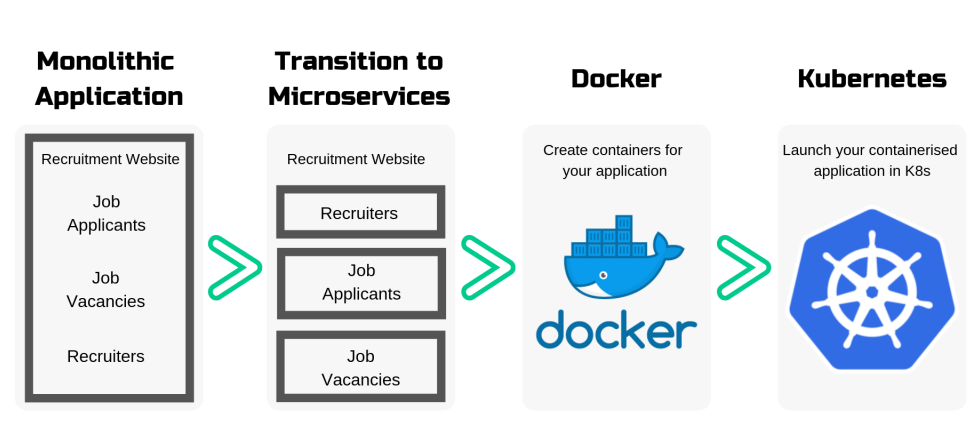
Easy monitoring
Microservices have different and more intensive, monitoring requirements. As services runs independently with their dedicated resources, monitoring and debugging applications becomes easier with monitoring and performance tools.
Technological flexibility
Microservices eliminate the classic long-term commitment to a single technology stack. It brings up the flexibility to try out a new technology stack on an individual service. By using microservices, new technology & Process Adaption becomes easier. Each Microservice can be written in a different programming language, just because they run separately and communicate effectively via well-defined interfaces/protocols.
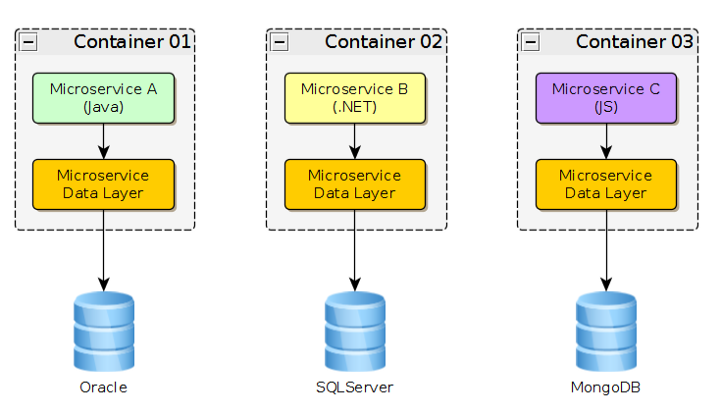
Continuous and faster delivery
With microservices architecture, updates can be performed independently, without affecting rest of the application. This leads to quicker application development and version rollouts, so that companies can “fail fast” and stick to agile product timelines.
Fault-tolerant
Microservices has good better fault tolerance capability, implementation can be achieved with the help of a circuit breaker. If and when problems arise, one small piece of your application/service is affected, instead of the whole application. By introducing these capabilities, an application is able to operate at a certain degree of satisfaction when failures appear.
So, these were points I found you can consider as a reason or benefits of choosing microservice architecture.
Most large scale web sites including Netflix, Amazon, Uber, Spotify, eBay and many more have adopted microservices architecture. However, one challenge with using this approach is deciding when it makes sense to use it and there would be different scenarios and circumstances for individuals. That totally depends on software design. Software designing skills are essentials for developers, as mentioned on top 10 stuff developer should know.
You can learn more about the microservices with best practices on my podcast:
Know more about my podcast Stuff Developer Should Know.
Here is recommended reading https://martinfowler.com/microservices/ and https://microservices.io/ .
Image Source : https://www.google.com/
Dear reader, a sincere review from you would encourage me to write even more 😉
Stay tuned. Happy Learning.

[…] and deploying cloud applications. And when serverless architecture is started, first approach is to design microservices […]